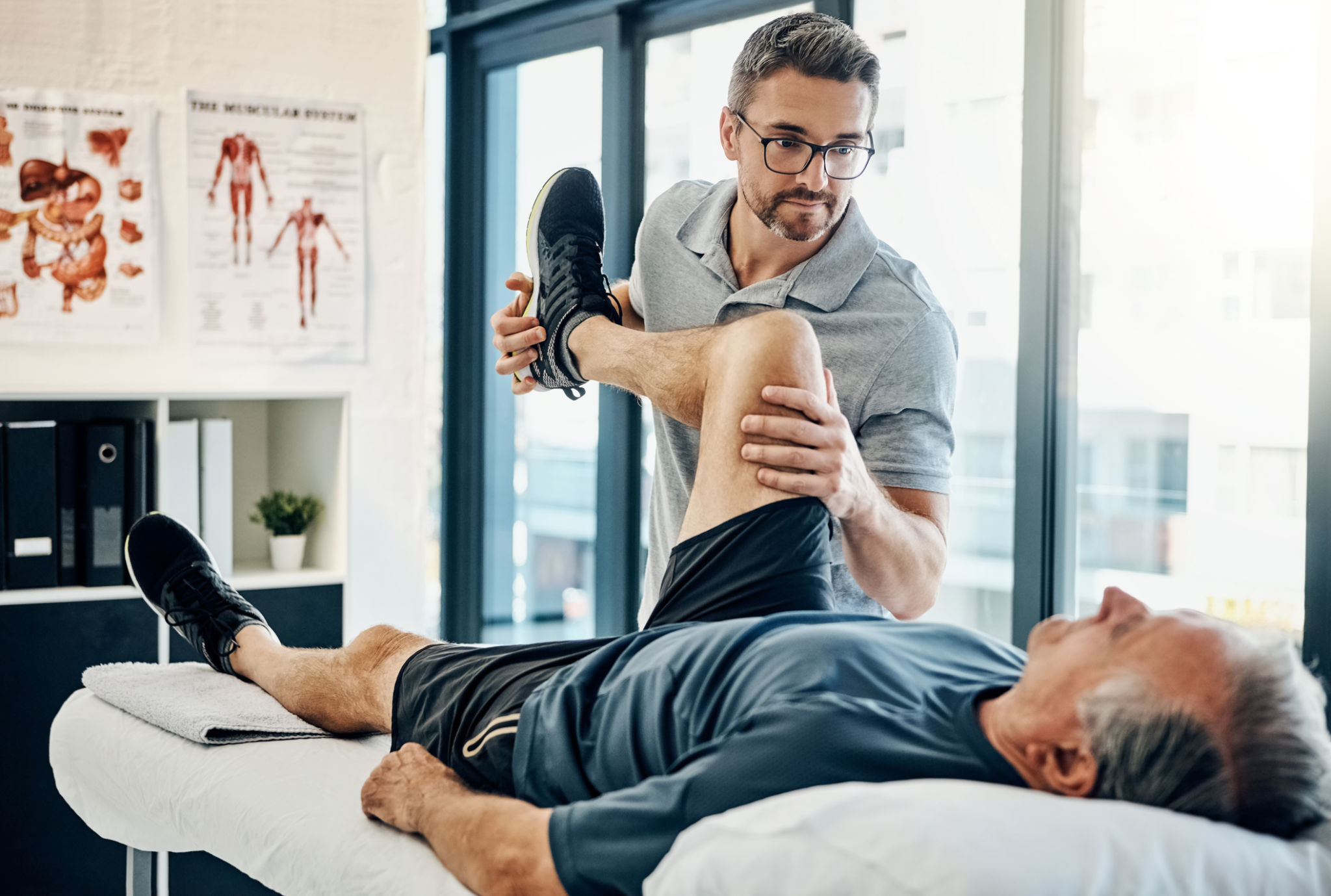Case Study: How Quality Rehab Gear Improved Recovery Outcomes
Introduction to Quality Rehab Gear
In recent years, the rehabilitation industry has seen significant advancements, particularly in the development of high-quality rehab gear. These innovations have played a crucial role in enhancing recovery outcomes for patients who are undergoing physical therapy after injuries or surgeries. This case study explores how Quality Rehab Gear has been at the forefront of this transformation, providing solutions that not only improve recovery times but also enhance patient experience.

The Importance of High-Quality Rehabilitation Equipment
Rehabilitation is a critical phase in the recovery process, and having access to the right tools can make all the difference. Quality Rehab Gear understands this need and has invested heavily in research and development to design equipment that meets the highest standards. Their products are known for their durability, ease of use, and effectiveness in facilitating various types of physical rehabilitation exercises.
High-quality rehab gear is designed to provide precise support and resistance, which is essential for patients to perform exercises safely and correctly. This not only helps in speeding up the recovery process but also reduces the risk of re-injury. By ensuring that their equipment is user-friendly, Quality Rehab Gear empowers both therapists and patients to achieve optimal results.
Case Study: Improved Recovery Outcomes
To better understand the impact of Quality Rehab Gear, let's delve into a specific case study involving a mid-sized rehabilitation clinic. This clinic integrated Quality Rehab Gear into their treatment programs and observed significant improvements in patient outcomes. The data collected over a six-month period revealed a noticeable reduction in recovery time for patients with knee and shoulder injuries.

Patient-Centric Design
One of the standout features of Quality Rehab Gear is its patient-centric design approach. The equipment is crafted with input from healthcare professionals and patients, ensuring that it meets real-world needs. For instance, adjustable resistance levels and ergonomic designs cater to a wide range of physical capabilities, allowing for personalized rehabilitation plans.
This adaptability means that patients can progress at their own pace, gradually increasing the intensity of their exercises as they build strength and confidence. Such customization is key in fostering a positive rehabilitation experience, which is crucial for maintaining motivation and adherence to therapy regimens.
Therapist Feedback and Insights
The feedback from therapists using Quality Rehab Gear has been overwhelmingly positive. They have reported that the equipment not only enhances the effectiveness of their treatment plans but also streamlines the therapy process. With easy-to-adjust settings and sturdy construction, therapists can focus more on patient care rather than equipment maintenance.

Enhanced Patient Engagement
Another significant benefit observed was an increase in patient engagement. When patients feel comfortable and confident using the equipment, they are more likely to stick to their prescribed exercise routines. Quality Rehab Gear's intuitive design helps demystify the rehabilitation process, making it more accessible and less intimidating for patients of all ages.
Additionally, the innovative features incorporated into their products often incorporate digital interfaces or app connectivity, allowing patients to track their progress and set goals. This integration of technology not only boosts engagement but also provides valuable data for therapists to tailor treatment plans effectively.
Conclusion
Quality Rehab Gear has undoubtedly made a significant impact on the rehabilitation industry. By focusing on high-quality design, patient-centric features, and innovative technology integration, they have successfully improved recovery outcomes for countless individuals. As more clinics adopt these advanced tools, we can expect to see continued improvements in rehabilitation processes, ultimately leading to better health outcomes for patients worldwide.